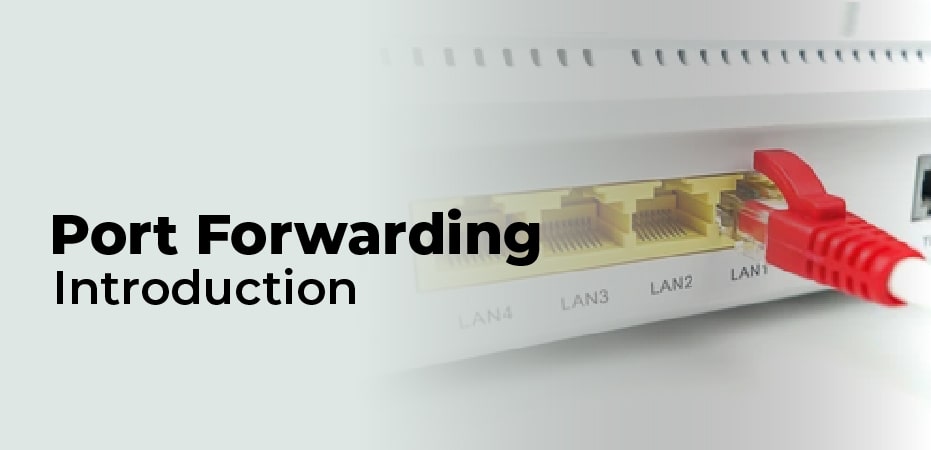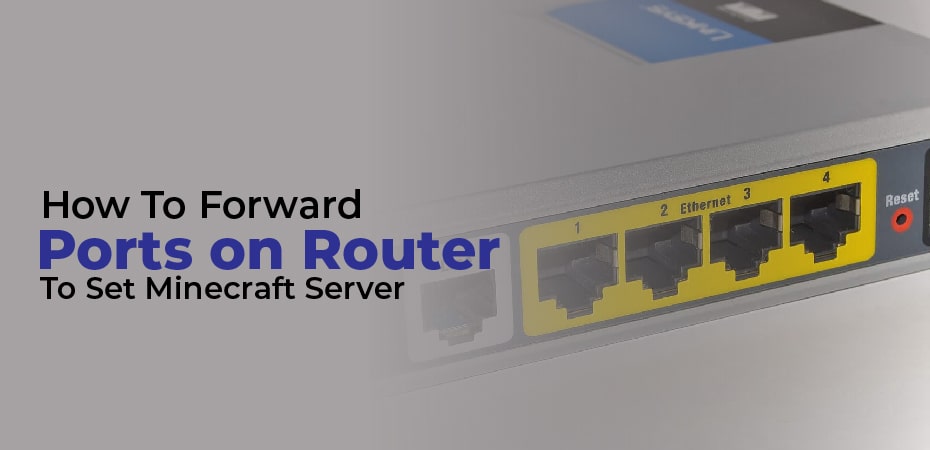You can use port forwarding to set up a Minecraft server, remotely access your files and desktop, and increase the speed of your internet connection. Although it might seem complicated, once you understand what port forwarding is and how it works, it can be quite simple. On a Mac or Windows 10 PC, follow these steps to forward ports on your router.

Port Forwarding – Introduction:
When you forward ports, your router uses a specific port to communicate with a particular device. When you set a specific port for a device, you are telling your router to always accept requests for that port and forward data to the device’s private IP address.
Understanding how routers work is the first step to understanding port forwarding. In a local area network (LAN), your router transmits an internet signal to all your devices. Your router does this by assigning each device on your LAN a local IP address. Your computer, for example, would have a private IP address such as 192.168.0.2 or 10.0.2.
Additionally, the applications and services on each device are also assigned port numbers. For example, the IP address of an application on your computer will be 192.168.0.2:80 or 10.0.0.2:80.
The router knows which program or service to send information to based on the unique IP address and port number. A wide area network (WAN) allows you and others to access devices and programs on your LAN.
How To Forward a Port? – To Set Minecraft Server
Navigate to the port forwarding section of your router to forward ports. Input your IP address and the port numbers to forward. Select a forwarding protocol and save your changes.
- Launch a web browser – Among the most popular browsers are Chrome, Firefox, Safari, and Internet Explorer.
- Type the IP address of your router into the address bar – You can find your router’s IP address on a Mac or Windows 10 computer if you don’t know it. You should be able to see a series of numbers like 192.168.X.X or 10.0.X.X. Also, make sure to save your computer’s IP address since you may need it later.
- Enter your router’s username and password next – Check out our step-by-step guide on how to find your router’s username and password here if you don’t know them.
- Go to your router’s port forwarding settings – You will need to follow different steps depending on which router you have. It is usually necessary to click the Advanced tab and select NAT, Security, Gaming, Advanced Setup, Firewall, or Virtual Servers.
- Now, create the port forwarding rule – It may be necessary to click Add New, Add Custom Service, or something similar on some routers.
- After that, give the service or application a name – Any name will do. We recommend that you use one that lets you identify the rule you’ve created.
- Next, enter the port number you want to use – In most routers, you can select a port range separated by hyphens or multiple ports separated by commas. The easiest thing to do is to use the same port number both internally and externally. It is possible to select a port between 0 and 65,535, but only ports 0 to 1023 are reserved for privileged services. Here is a complete list of all ports and their corresponding services.
- Finally, save your settings by clicking on the Save button – The buttons that say “Save” or “Apply” will usually be the ones that you will be able to click. Other routers require you to click on Enable before you can click on Save, but their functionality is similar.



